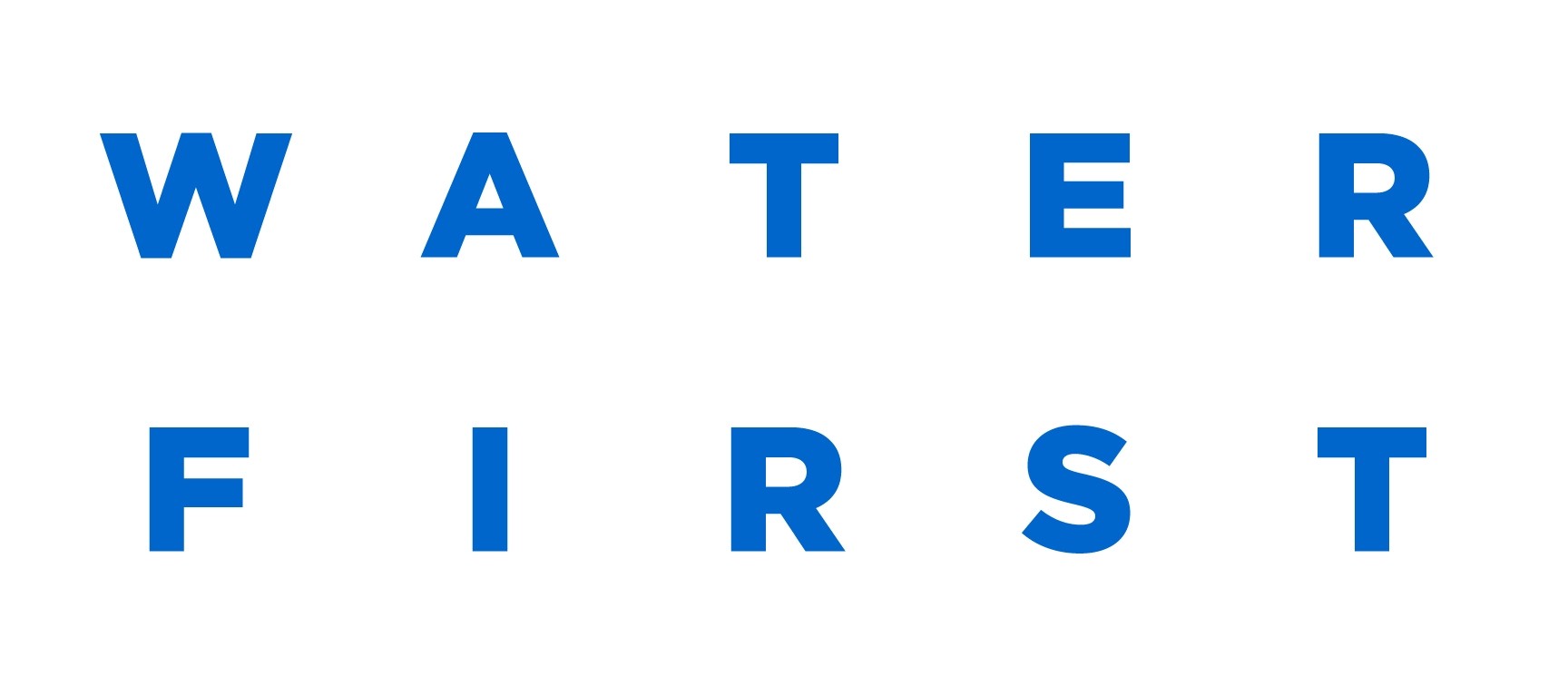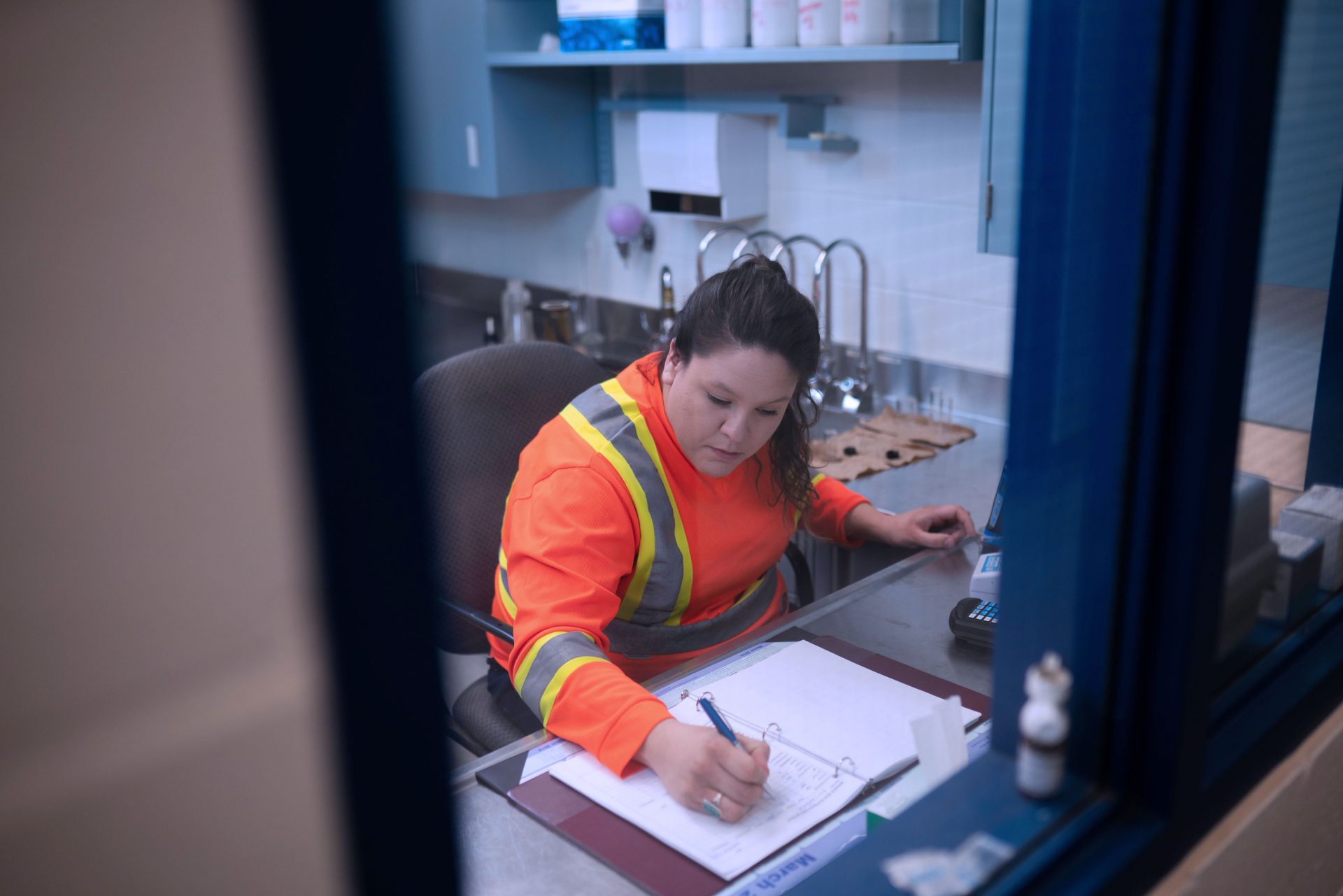Our Philosophy
A framework for how we work
Our Strands of Success stem from an ongoing reflection on the essential qualities of our work that produce our strongest relationships and greatest achievements. They are deeply woven into our operations, how we ensure our work is meeting real community needs, as well as in the design and delivery of our education and training programs.
Trust Building
Ensure that respect, honesty, transparency, humility, and integrity are fundamental to our engagements.
Meaningful Partnerships
Fully committed to collaborations built on open communication, mutual knowledge exchanges, and common goals.
Lasting Results
Consistently strive toward sustainable outcomes, with skills and benefits remaining within Indigenous communities for the long-term.
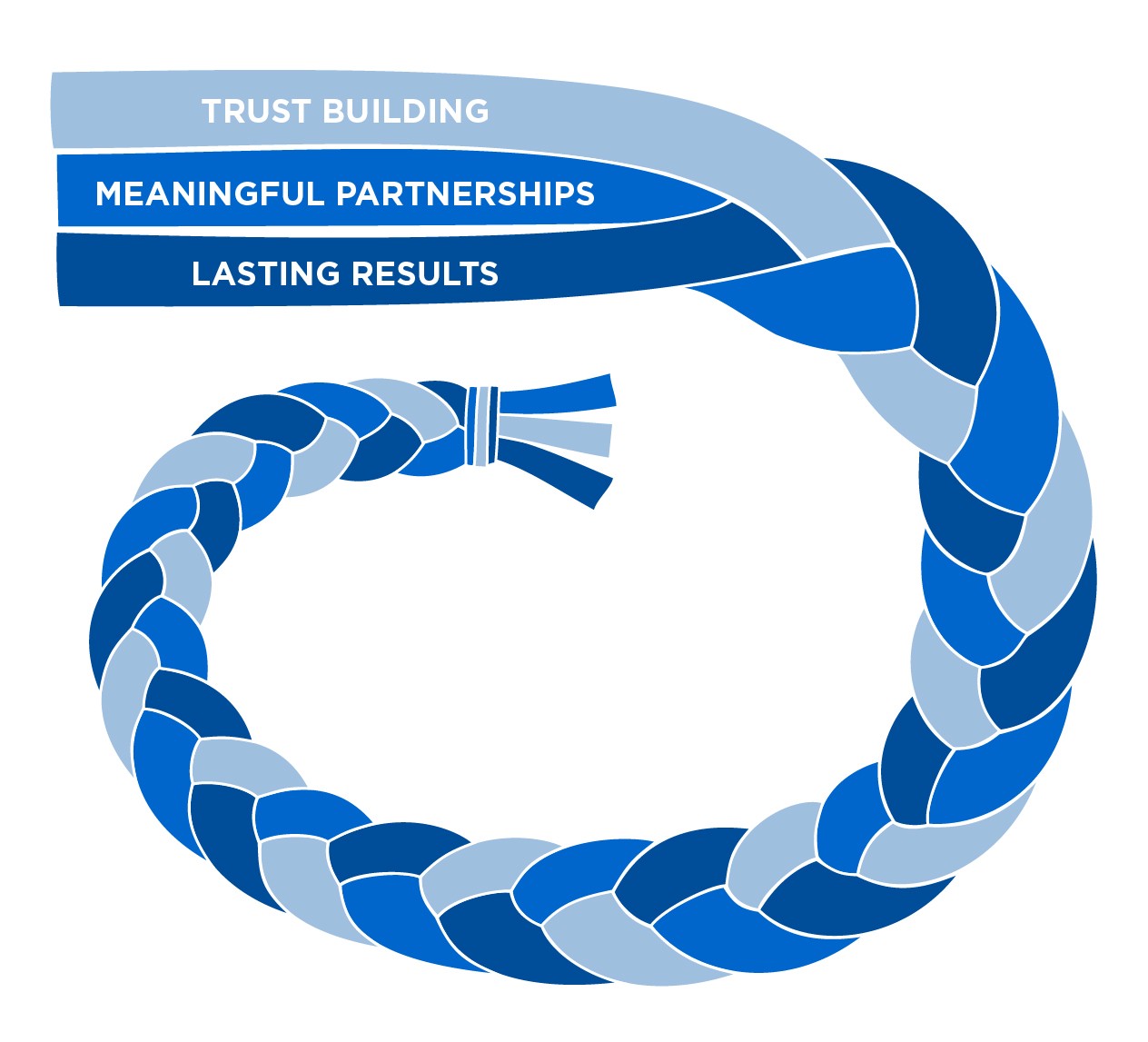
In the words of our partners
Why we chose this image
A braid is three long strands woven together. It is a simple, but effective, representation to express the many complicated meanings and purposes of our work. The act of braiding strengthens the potential of a single strand by giving it support. One strand is easily broken, but when many strands are braided together, it is nearly impossible to break. An important property of the basic braid is that when you remove one strand it unlinks the other two.
Through our partnerships, we acknowledge and respect that many Indigenous communities where we work use the braid in practical and spiritual ways within their daily lives. One example of this is sweetgrass.
Indigenous staff member Adrianna Bilinski explains, “In my first Lodge I was gifted the sweetgrass and that was paramount to my sense of belonging as an Anishinaabe Kwe. Working with Water First has had the same effect. Sweetgrass is a sacred medicine that is always braided together. It is both empowering and gratifying to see this idea reflected in the image of the strands, and reflected in the thoughts and actions of those within the organization.”
The strands of a braid represent the strength of individuals and communities coming together. We see the symbolism in the braid reflected in the way we operate as an organization.
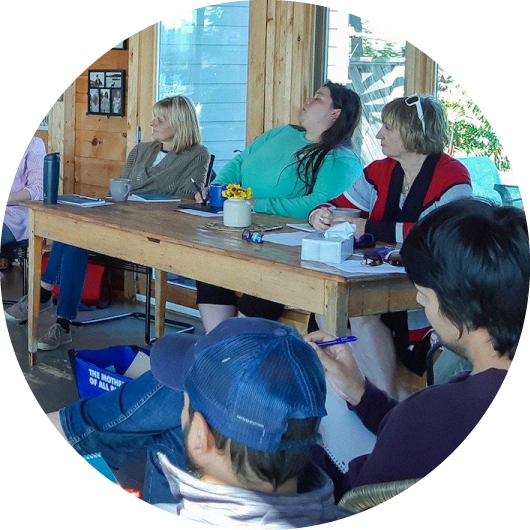
“If the strands reflect who we are, then they should be our practice in every aspect of the organization.”
Kristen Engel, Director of Finance
“When I think of trust building as a staff, I trust that each person is doing their best and that each person’s opinion is welcomed. We are truly working with one another through meaningful partnership.” Having been with Water First for over four years, this matters to Kristen. She has experienced what collaboration looks like within Water First.
“I want each person’s job to be satisfying enough that the solutions we develop together create lasting results. It needs to be authentic. It is in how we communicate, the requests we make of team members, and how we empower one another.” While Kristen’s work may be focused on budgets and financial record keeping, she is inspired by the essence of the strands. “For me, this is the most important reason for putting my energy into this organization. The strands underline our connections — with communities, with individuals who participate in our programs, and with each other.”
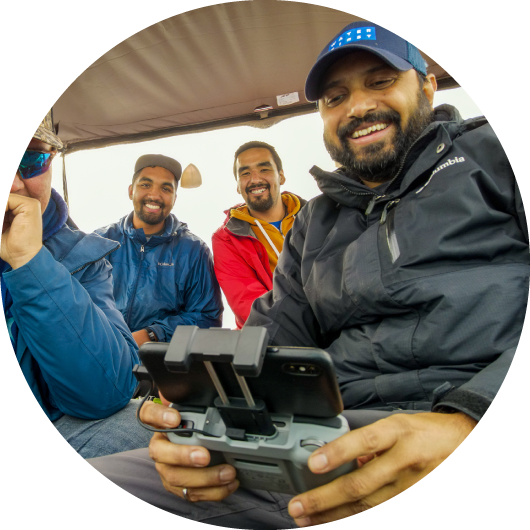
“We have lasting results—because we have lasting relations.”
Jag Saini, Project Manager and Instructor
Jag sees the Strands as natural and organic. “When I am in the communities, the strands are not a checklist. They are ingrained when we are learning and listening to each other. We exchange knowledge to understand where partners are coming from, and to share our own perspectives.”
Having been directly involved in partnering with communities for over four years, Jag believes that, “It won’t matter how great our team is, if we don’t have good relations our projects won’t succeed. Partners can see that we respect their opinions because our projects are based on what communities need and what they identify is best for their community. Our programs are working because we have built trust.”
When we first started articulating Water First’s philosophy, we were looking at the concept of “Three Pillars”, and one of the first things Jag shared was that for him this representation did not work. “In any interaction, all three aspects are intertwined, not standing on their own as pillars do. When we decided on “Strands” I felt that was a much better representation because it shows that all three are intertwined and integrated into everything we do. They build upon and strengthen each other.”
When asked about building relations, Jag said: “The values that the strands reflect feel natural to me because there is a lot of commonality to the East Indian culture. My approach to building relationships with our interns and partners is to treat each other as family.”
Philosophy of Education & Training
At Water First, building trust and cultivating relationships is integral to the design and delivery of all of our training programs. We work to create a safe learning environment. We believe that learning is a reciprocal journey. We get to know the priorities and needs of our partner communities, our learners, and their lands. We value and respect Indigenous knowledge and intentionally create space for it to be shared by our Indigenous partners and learners, and woven into our programs.
Our program design and instructional approach is guided by our respect for and understanding that:
- we all learn in different ways,
- we all have a different relationship with learning and the institution of education,
- learning is directly affected by our experiences and knowledge base,
- learning is influenced by and grounded in our community values, customs, beliefs, culture, and history, and
- learning is considerate of the impacts our actions will have on our future selves, future generations, and the future of our environment.
